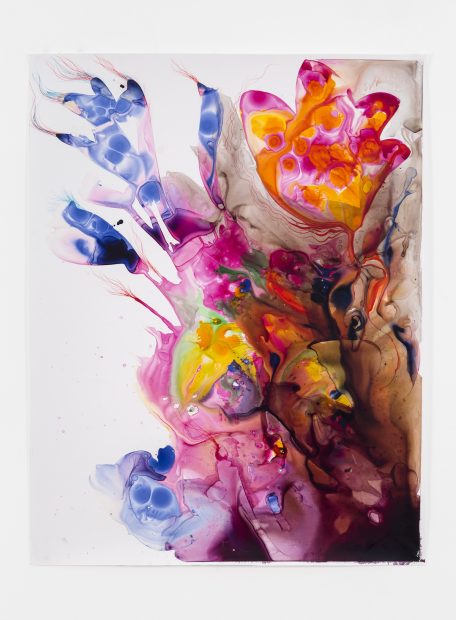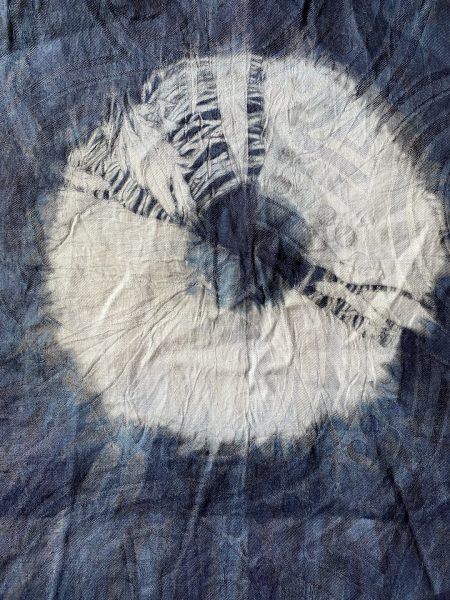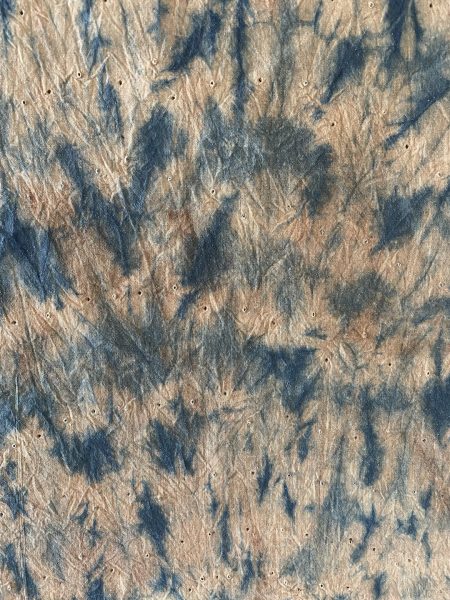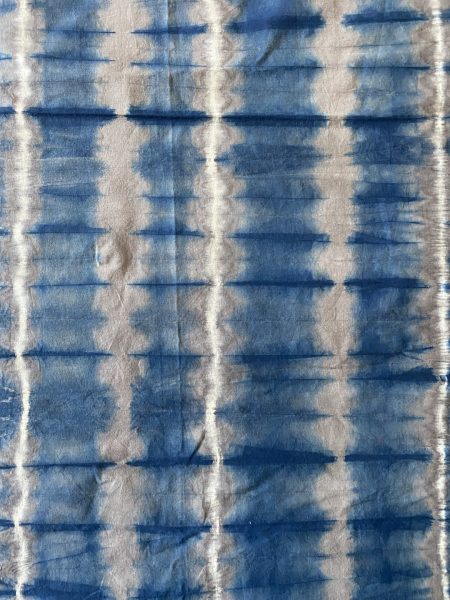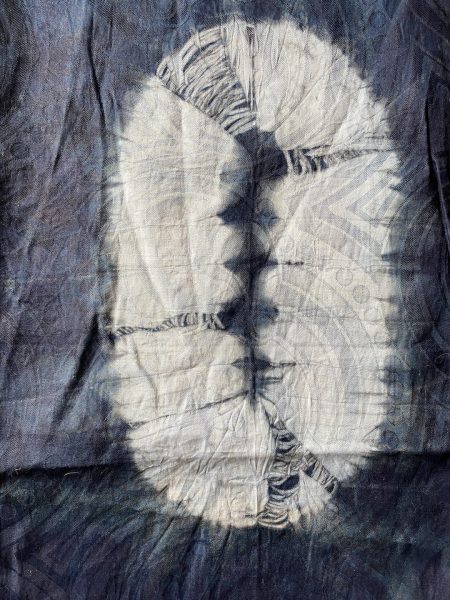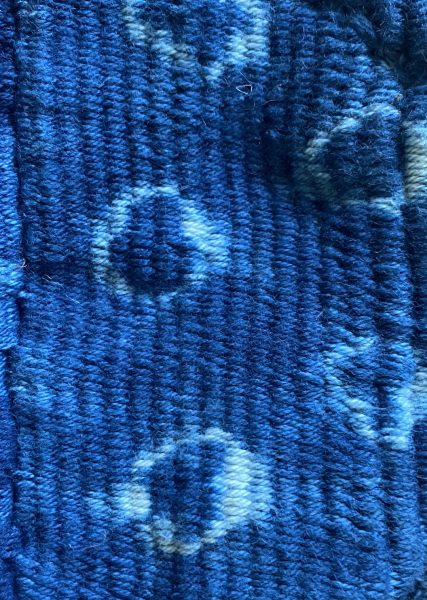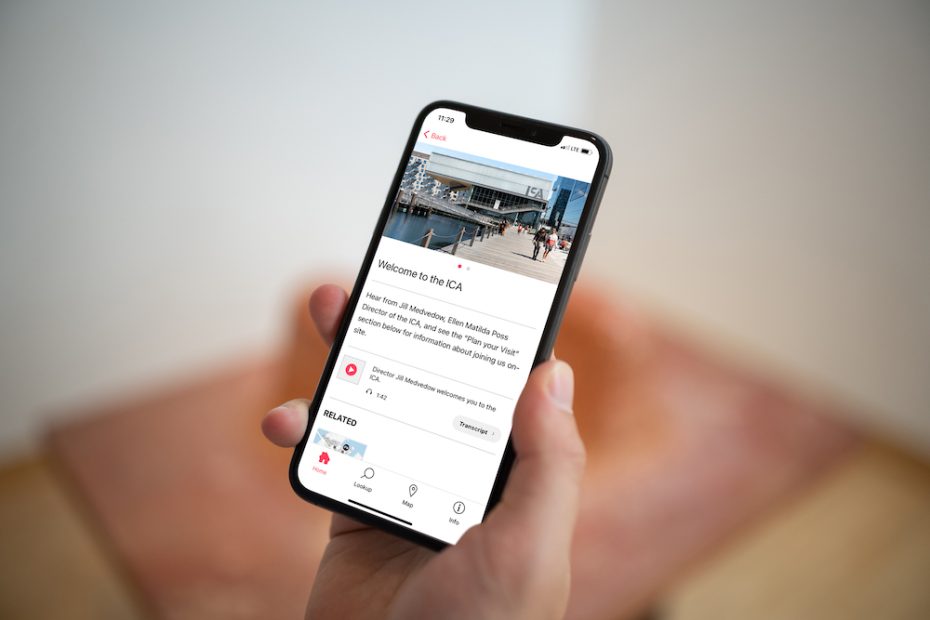
The ICA is the first Boston institution to launch the app, joining more than thirty other iconic cultural institutions from around the globe
(Boston, MA—July 20, 2021) This summer, the Institute of Contemporary Art/Boston (ICA) launched a new free digital guide on the Bloomberg Connects cultural app joining over 30 cultural institutions including the Solomon R. Guggenheim Museum, MoMA PS1, New York Botanical Garden, Central Park Conservancy, Greenwood Art Project, London’s Serpentine Gallery, and many more. Part of the Bloomberg Connects app, available for download from Google Play or the App Store, the new ICA Digital Guide makes the ICA accessible for either onsite or offsite visits through photo, audio, and video features that offer insights into the ICA’s current exhibitions and permanent collection; activities for kids; architecture tours in English, Spanish, and French; maps; visitor info including restaurant recommendations; accessibility resources; and info about our teen programs and upcoming exhibitions.
Special current features include:
- Exclusive behind-the-scenes images from Virgil Abloh’s visit to the ICA during the installation of Virgil Abloh: “Figures of Speech.”
- Behind-the-scenes video from the installation of Firelei Báez’s immersive sculpture at the ICA Watershed.
- Exclusive images from “Breaking Cycles,” Boston-based artist OJ Slaughter’s project with ICA Teens.
- Exclusive “ExploraTour” family audio tours created by Boston’s The Gottabees.
“The generous support of Bloomberg Philanthropies enables the ICA to thoughtfully use technology to expand access to the arts through this new platform and connect audiences – near and far – with the art and artists we present,” said Jill Medvedow, the ICA’s Ellen Matilda Poss Director.
“I love that users can hear directly from artists featured at the ICA, get more context for the artwork on view, find a restaurant for after their visit – and then explore art on view in New York, London, DC, or elsewhere,” says Kris Wilton, Director of Creative Content and Digital Engagement at the ICA. “Having one app where you can explore multiple museums and cultural centers makes a ton of sense for both visitors and institutions.”
About the ICA
Since its founding in 1936, the ICA has shared the pleasures of reflection, inspiration, imagination, and provocation that contemporary art offers with its audiences. A museum at the intersection of contemporary art and civic life, the ICA has advanced a bold vision for amplifying the artist’s voice and expanding the museum’s role as educator, incubator, and convener. Its exhibitions, performances, and educational programs provide access to the breadth and diversity of contemporary art, artists, and the creative process, inviting audiences of all ages and backgrounds to participate in the excitement of new art and ideas. The ICA is located at 25 Harbor Shore Drive, Boston, MA, 02210. The Watershed is located at 256 Marginal Street, East Boston, MA 02128. For more information, call 617-478-3100 or visit our website at icaboston.org. Follow the ICA at Facebook, Twitter, and Instagram.
More about Bloomberg Connects
Bloomberg Philanthropies launched the Bloomberg Connects app in November 2019. A free digital guide to cultural organizations around the world, Bloomberg Connects makes it easy to access and engage with arts and culture from mobile devices, anytime, anywhere. The app offers the ability to learn about current exhibitions at a portfolio of participating cultural partners through dynamic content exclusive to each organization. Features include expert commentary, video highlights, pinch-and-zoom capability and exhibition and way-finding maps.
About Bloomberg Philanthropies
Bloomberg Philanthropies invests in 810 cities and 170 countries around the world to ensure better, longer lives for the greatest number of people. The organization focuses on five key areas for creating lasting change: Arts, Education, Environment, Government Innovation, and Public Health. Bloomberg Philanthropies encompasses all of Michael R. Bloomberg’s giving, including his foundation and personal philanthropy as well as Bloomberg Associates, a pro bono consultancy that works in cities around the world. In 2020, Bloomberg Philanthropies distributed $1.6 billion. For more information, please visit bloomberg.org or follow on Facebook, Instagram, YouTube, Twitter and TikTok.
Media contact
Margaux Leonard, mleonard@icaboston.org, 617-478-3176
|
Explore layering, a process that artist Firelei Báez uses regularly in her art-making practice, to create your own layered watercolor painting. Using contact paper, create your own abstract watercolor painting that explores positive/negative space, contrast, and color. Consider using colors, shapes, and patterns that evoke strong memories and feelings that you want to represent through your artwork. Báez creates work that focuses on the experiences of Afro-Caribbean and Afro-Latina women. Her practice is deeply rooted in historical research and committed to redefining dominant historical narratives. She focuses on cultural ambiguity within diasporic communities, strategies for surviving cultural invasion, and redefining identity. |
Explora la superposición, un proceso que la artista Firelei Báez usa con frecuencia en su práctica artística, para crear tu propia acuarela en capas. Con papel adhesivo, crea tu propia acuarela abstracta que explore el espacio positivo/ negativo, el contraste y el color. Puedes usar colores, formas y motivos que evoquen recuerdos y sentimientos intensos que desees representar a través de tu obra de arte. Báez crea obras que se enfocan en las experiencias de las mujeres afrocaribeñas y afrolatinas. Su práctica está profundamente arraigada en la investigación histórica y se compromete a redefinir los relatos históricos dominantes. La artista pone el foco en la ambigüedad cultural dentro de las comunidades de la diáspora, las estrategias para sobrevivir a la invasión cultural y la redefinición de la identidad. |
Materials/Materiales:
|
|
|||
|
|
|||
Instructions / Instrucciones:
|
|
|
Firelei Báez was born in Santiago de los Caballeros in the Dominican Republic and lives and works in New York City. She makes intricate works on paper and canvas as well as large scale sculpture. Baez works in an imaginative realm, re-drawing histories and exploring new possibilities for the future. In summer 2021, the ICA Watershed will feature a newly commissioned, monumental sculpture by Báez. Her largest sculptural installation to date, the work reimagines the archeological ruins of the Sans-Souci Palace in Haiti as though they were revealed in East Boston after the sea receded from the Watershed floor. |
Firelei Báez nació en Santiago de los Caballeros, República Dominicana, y vive y trabaja en la Ciudad de Nueva York. Crea elaboradas obras sobre papel y lienzo, así como esculturas a gran escala. La artista trabaja en un mundo imaginativo, volviendo a trazar historias y explorando nuevas posibilidades para el futuro. En verano de 2021, el Watershed del ICA presentará una nueva escultura monumental que se encomendó a Firelei Báez. Se trata de su instalación escultórica más grande a la fecha, una obra que reinterpreta las ruinas arqueológicas del Palacio de Sans Souci, en Haití, como si aparecieran en East Boston después de que el mar se retirara para volver a dejar el suelo del Watershed al descubierto. |
|
Share your artwork on social media with #ICAartlab |
Comparte tu experiencia en redes sociales con #ICAartlab |
Download PDF / Descargar PDF
Download additional PDF / Descargar PDF adicional
|
Make old cloth look new using traditional Adire Oniko techniques with Rit All-Purpose Dye. Adire Oniko is the name for traditional tie and dye techniques from the Yoruba people of West Africa. Please be mindful that this activity in-volves fabric dyeing. While Rit All-Purpose Dye is non-toxic, it should be used with care, following the instructions carefully, and under adult supervision. |
Dale un aspecto nuevo a una tela vieja con las técnicas tradicionales del Adire Oniko y el tinte Rit All-Purpose Dye. Adire Oniko es el nombre de las técnicas de teñido con anudado del pueblo yoruba de África Occidental. Ten en cuenta que esta actividad implica teñir telas. Si bien Rit All-Purpose Dye no es un tinte tóxico, debe usarse con cuidado, siguiendo las instrucciones con atención y bajo la supervisión de un adulto. |
Materials/Materiales:
|
|
|||
Instructions / Instrucciones:
|
|
|
Stephen Hamilton is an artist and arts educator living and working in Boston. Stephen’s work incorporates both Western and African techniques, blending figurative painting and drawing with resist-dyeing, weaving, and woodcarving. Each image is a marriage between the aesthetic perspectives and artistry of both traditions. |
Stephen Hamilton es un artista y educador de arte que vive y trabaja en Boston. La obra de Stephen incorpora tanto técnicas occidentales como africanas, fusionando la pintura y el dibujo figurativos con el teñido por reservas, el tejido y el tallado en madera. Cada imagen es una unión de las perspectivas estéticas y artísticas de ambas tradiciones. |
|
Share your artwork on social media with #ICAartlab |
Comparte tu experiencia en redes sociales con #ICAartlab |
